Understanding the Link Between Prenatal Environmental Exposures and Autism
Recent scientific research underscores the significant role that prenatal environmental factors, particularly lead exposure and maternal fevers, may play in increasing the risk of autism spectrum disorder (ASD). This article explores the emerging evidence connecting these exposures to neurodevelopmental outcomes, shedding light on potential mechanisms, implications, and future directions in autism research.
The Impact of Maternal Fever on Autism Risk
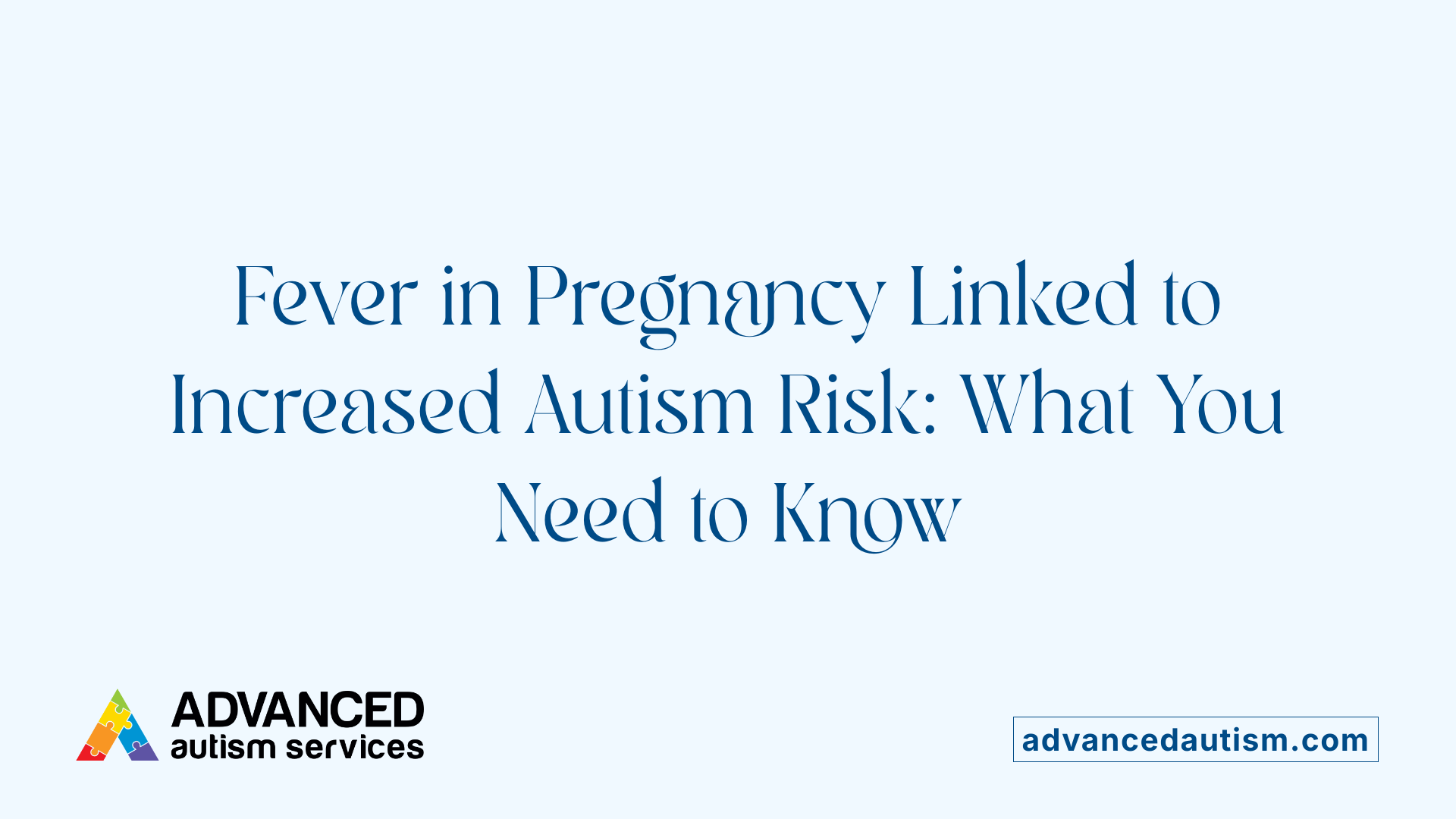
Can fever during pregnancy increase the risk of autism?
Fever during pregnancy has been linked to a higher likelihood of autism spectrum disorder (ASD) in children. Recent research analyzing data from thousands of births has consistently shown that when pregnant women experience fever—especially during the second trimester—the risk of their child developing ASD increases.
Data from studies involving nearly 96,000 children indicated that maternal fever at any point during pregnancy increases the child's risk of ASD by about 34 percent. The association becomes even more significant when the fever occurs in the second trimester, where the odds of ASD rise by approximately 40 percent.
Furthermore, the number of fever episodes matters. Experiments show a dose-dependent relationship: one or two fevers after the twelfth week of pregnancy increase the child's ASD risk by about 1.3 times, and three or more episodes can lead to a more than threefold increase. Notably, mothers with three or more fevers after the twelfth week had over 300% higher odds of giving birth to a child with autism.
This increased risk appears to be connected to the body's immune response. During fever, cytokines such as interleukin-6 are released, which can cross the placental barrier and potentially influence fetal brain development. While the exact biological pathways are still under investigation, inflammation during critical periods of neurodevelopment is believed to play a role.
Interestingly, the association with infection alone, like influenza, has not shown as strong a connection to ASD. This suggests that the body's immune response—manifested as fever—rather than the infection itself, might influence neurodevelopment in the fetus.
Women experiencing frequent and high-grade fevers should consult healthcare providers for appropriate management. Some studies suggest that anti-fever medications, like acetaminophen, may reduce the potential risks linked with fever, although evidence remains inconclusive. Future research is expected to clarify whether managing maternal fever can effectively lower ASD risk.
This insight underscores the importance of monitoring and managing health during pregnancy, particularly fevers, to support fetal brain development and potentially reduce autism risk.
Maternal Lead Exposure and Fetal Neurodevelopment
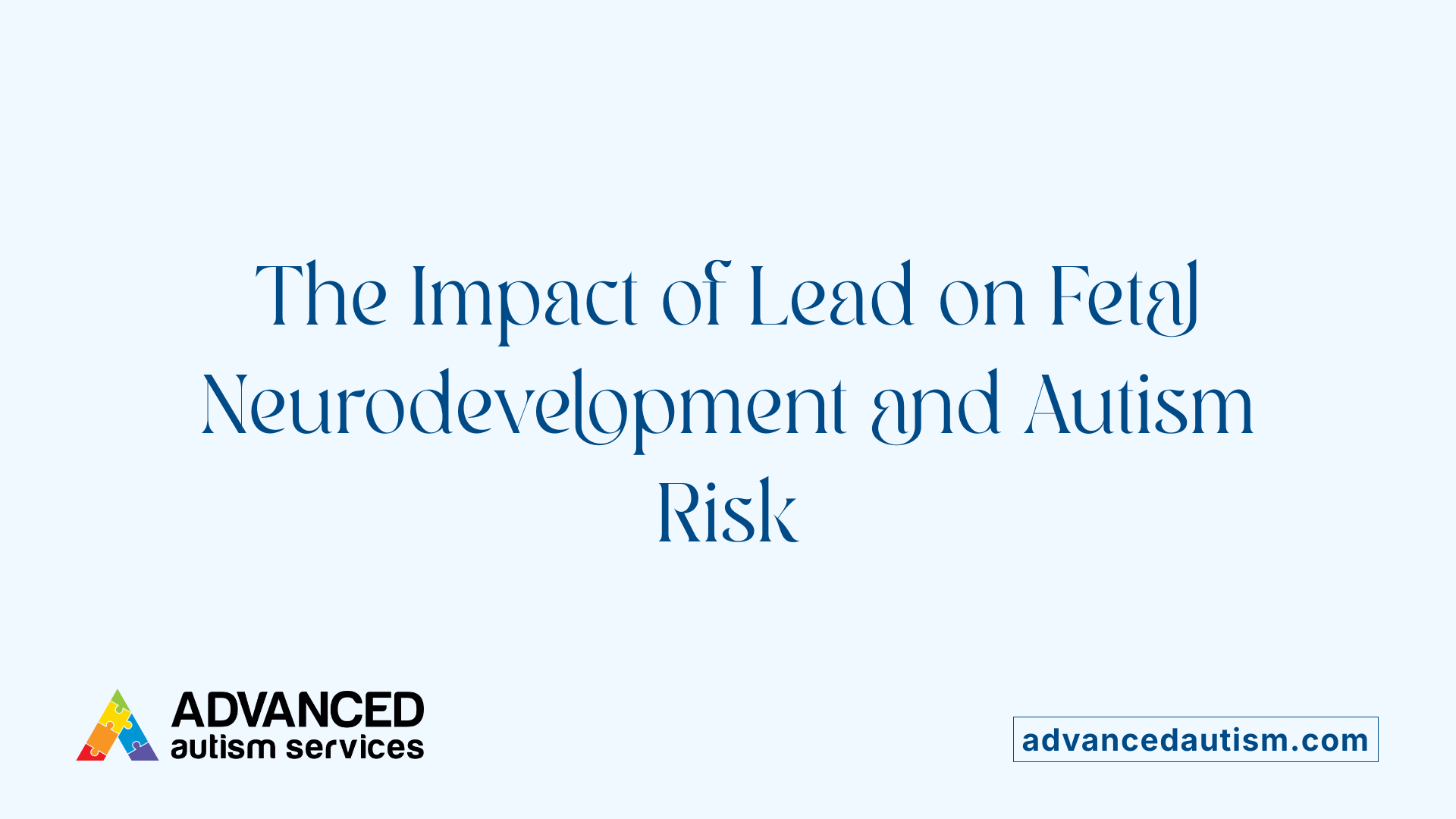
How does maternal lead exposure during pregnancy influence the risk of autism?
Lead exposure during pregnancy poses significant risks to the developing fetus, particularly affecting the brain and nervous system. Lead is a potent neurotoxin capable of crossing the placental barrier, which means the fetus can be directly exposed to the toxic effects of this heavy metal.
Research indicates that prenatal lead exposure may increase the likelihood of neurodevelopmental disorders, including autism spectrum disorder (ASD). The presence of lead in the fetal environment interferes with normal brain development at critical stages.
The mechanisms behind this impact involve disruption of neural connectivity, interference with synaptic function, and alterations in neurochemical balance. These disruptions happen during crucial periods of brain development, potentially leading to conditions such as ASD.
Although establishing a direct causal link requires further study, current evidence underscores the importance of minimizing lead exposure during pregnancy. Reducing environmental lead, such as lead-based paint, contaminated water, or soil, could help lower the risk of neurodevelopmental issues, including autism.
Efforts to educate about sources of lead and strategies to limit exposure are vital for protecting fetal health and promoting healthy brain development.
| Impact of Lead on Fetal Brain | Mechanisms of Lead Neurotoxicity | Exposure Reduction Strategies |
|---|---|---|
| Increased risk of ASD and other neurodevelopmental disorders | Disruption of neural connectivity and synaptic functions | Avoidance of lead-based products and contaminated environments |
| Neurochemical imbalances | Interference with neurotransmitter systems | Regular screening of water and soil for lead contamination |
| Long-term developmental delays | Mitochondrial dysfunction and oxidative stress | Policy measures to remove lead from consumer products |
Innovative Techniques for Detecting Environmental Toxins in Newborns
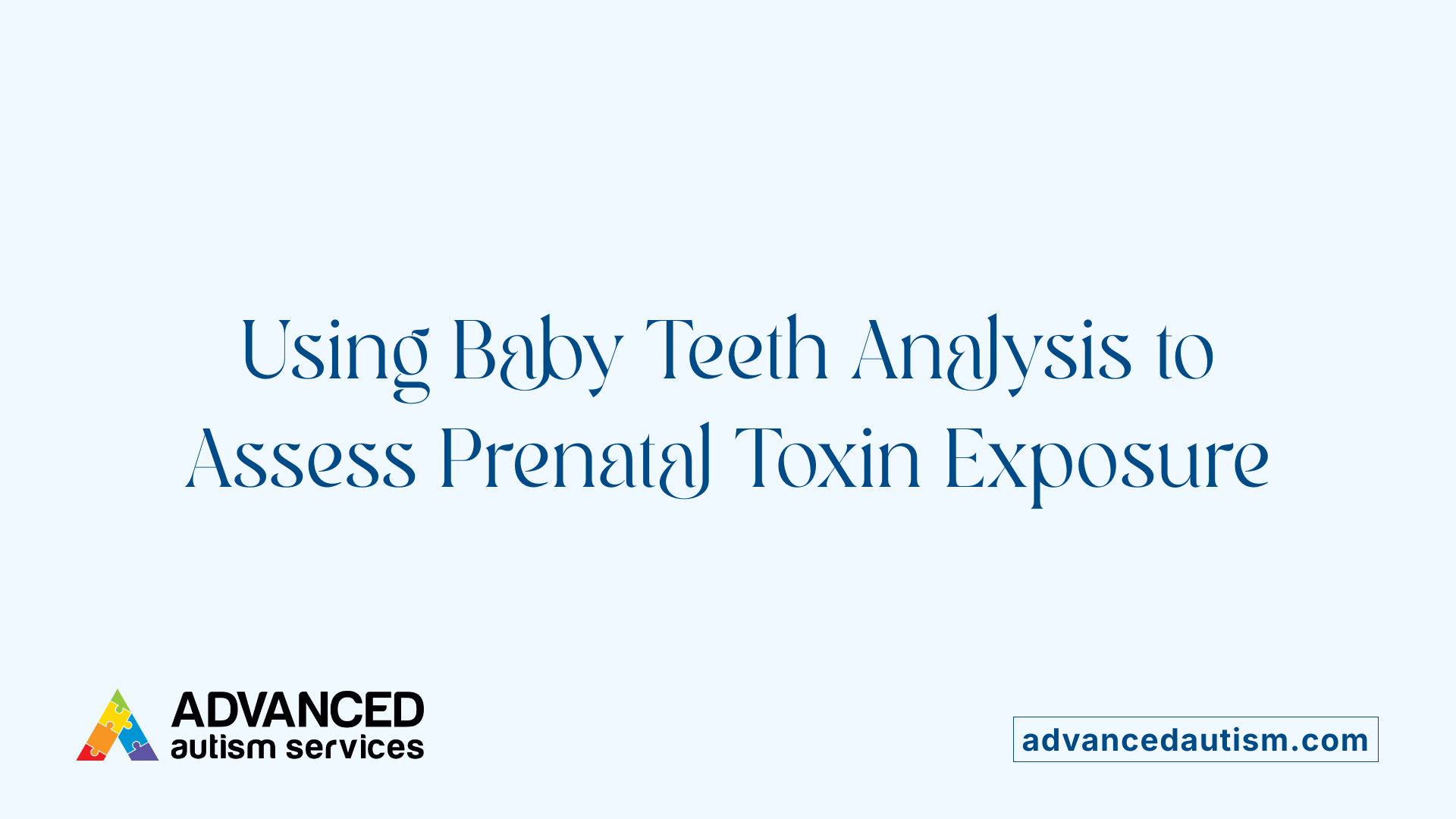
How does maternal lead exposure during pregnancy influence the risk of autism?
Recent research highlights that exposure to environmental toxins like lead during pregnancy can significantly affect fetal brain development. Lead, a known neurotoxin, can easily cross the placental barrier, exposing the fetus to harmful levels of the metal. Once in the fetal environment, lead interferes with critical processes involved in neural connectivity and synaptic functioning.
Studies suggest that prenatal lead exposure may increase the likelihood of neurodevelopmental disorders such as autism spectrum disorder (ASD). The neurotoxic effects of lead can disrupt neurochemical balances and hinder proper neural circuit formation, which are vital for normal brain development. Although conclusive causal links are still under investigation, evidence indicates that minimizing lead exposure during pregnancy could reduce the risk of autism and promote healthier neurodevelopment in children.
In addition to traditional blood tests, scientists have adopted innovative techniques like analyzing baby teeth using laser technology. Baby teeth retain chemical signatures of environmental exposures during different stages of fetal and infant development. These teeth can serve as biological records, helping researchers pinpoint specific periods when the fetus encountered toxins, including lead.
Through laser ablation and other sophisticated methods, scientists can detect trace elements embedded in tooth layers, creating a timeline of exposure. This approach offers a non-invasive, retrospective tool for assessing the impact of environmental toxins on neurodevelopmental outcomes.
Understanding how toxic exposures shape neurological development is crucial. As research advances, these detection techniques may lead to earlier identification of risk factors for autism, paving the way for preventive strategies. Protecting pregnant women from environmental hazards like lead remains essential, and innovations in bioanalysis continue to enhance our ability to safeguard future generations.
Environmental Toxins and Critical Mineral Deficiencies in Autism

Role of minerals like manganese and zinc
Research has shown that lower levels of essential minerals like manganese and zinc in infants are associated with a higher risk of autism. These minerals are crucial for healthy brain development, supporting processes such as neurotransmitter function and neuroplasticity.
Impacts of mineral deficiencies on neurodevelopment
Deficits in manganese and zinc during early life can impair neural connections and overall brain growth. Such deficiencies may lead to developmental delays and increase susceptibility to neurological conditions, including autism spectrum disorder (ASD). Ensuring adequate mineral intake during infancy is vital for proper neurodevelopment.
Connection to environmental toxicants
Environmental toxins, especially heavy metals like lead, have been linked to adverse developmental outcomes. Exposure to lead not only affects overall child development but may also interfere with the utilization and absorption of vital minerals like zinc and manganese. This interference exacerbates neurodevelopmental risks, highlighting the importance of minimizing toxicant exposure.
| Mineral | Importance for Brain Development | Impact of Deficiency | Link to Environmental Toxicants |
|---|---|---|---|
| Zinc | Supports neurotransmission and immune function | Delays in cognitive and motor skills | Lead and other pollutants can reduce zinc levels, impairing neurological health |
| Manganese | Involved in enzyme systems for brain growth | Cognitive impairments and motor difficulties | Exposure to environmental toxins may disrupt manganese metabolism |
Monitoring and maintaining optimal levels of these essential minerals through diet and minimizing environmental toxicant exposure are critical steps in supporting healthy neurodevelopment in children.
The Broader Spectrum of Environmental Risk Factors for Autism
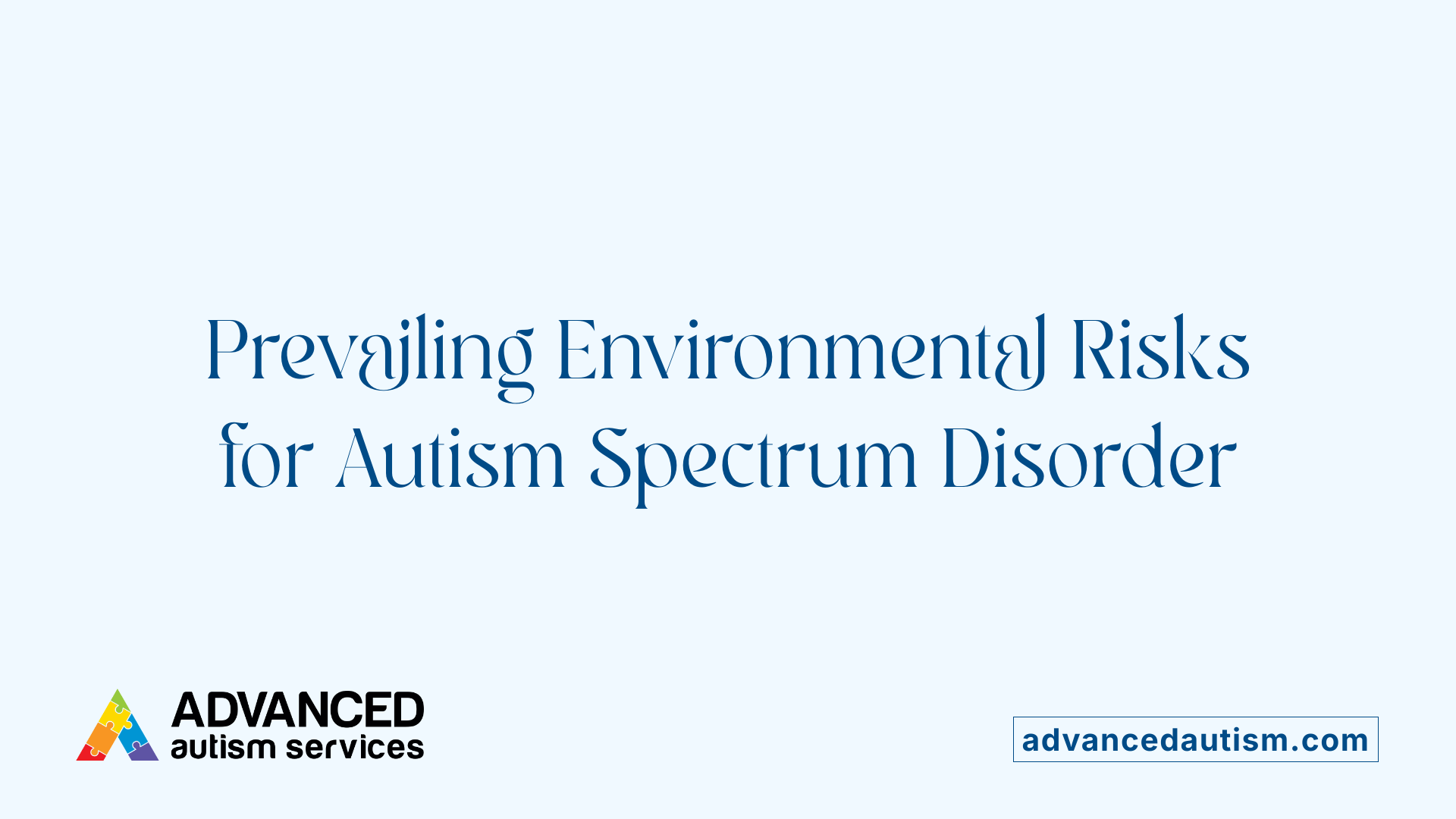
Prenatal infections including viral and bacterial agents
Research indicates that infections during pregnancy, involving viruses like influenza or bacterial agents, may increase the risk of autism in children. These infections can activate the maternal immune system, leading to neuroinflammation and cytokine release, which are believed to influence fetal brain development. Interestingly, the mere presence of fever, a sign of immune response, has been associated with about double the risk of ASD, especially if it occurs during the second or third trimester. However, taking anti-fever medications like acetaminophen might help reduce this risk, although more research is needed.
Maternal medications such as SSRIs and antibiotics
Maternal use of certain medications during pregnancy has been linked to variations in autism risk. Selective serotonin reuptake inhibitors (SSRIs), commonly prescribed for depression, are associated with a 1.5 to 4.5 times increased likelihood of ASD, notably during the first trimester when fetal brain development is most sensitive. Antibiotics are another class of concern; they may influence maternal gut microbiota and immune responses, potentially affecting neurodevelopment, although findings are mixed and less conclusive.
Air pollutants, pesticides, and endocrine-disrupting chemicals
Exposure to environmental toxins like air pollution, pesticides, and chemicals that disrupt hormonal functions contributes to autism risk. Heavy metals such as lead, mercury, and cadmium, often found in contaminated air, water, or soil, are particularly concerning. These substances can cause inflammation, oxidative stress, and hormonal disruptions, impairing normal brain development. The mechanisms involve immune dysregulation, mitochondrial dysfunction, and alterations to the gut microbiome, all of which can impact neurodevelopment.
| Environmental Factors | Specific Examples | Possible Biological Impact |
|---|---|---|
| Infectious agents | Influenza, bacterial infections | Activation of maternal immune response leading to neuroinflammation |
| Medications | SSRIs, antibiotics | Alteration of fetal brain development and immune responses |
| Environmental toxins | Lead, pesticides, phthalates | Endocrine disruption, oxidative stress, inflammation |
Immune Activation and Its Role in Autism Development
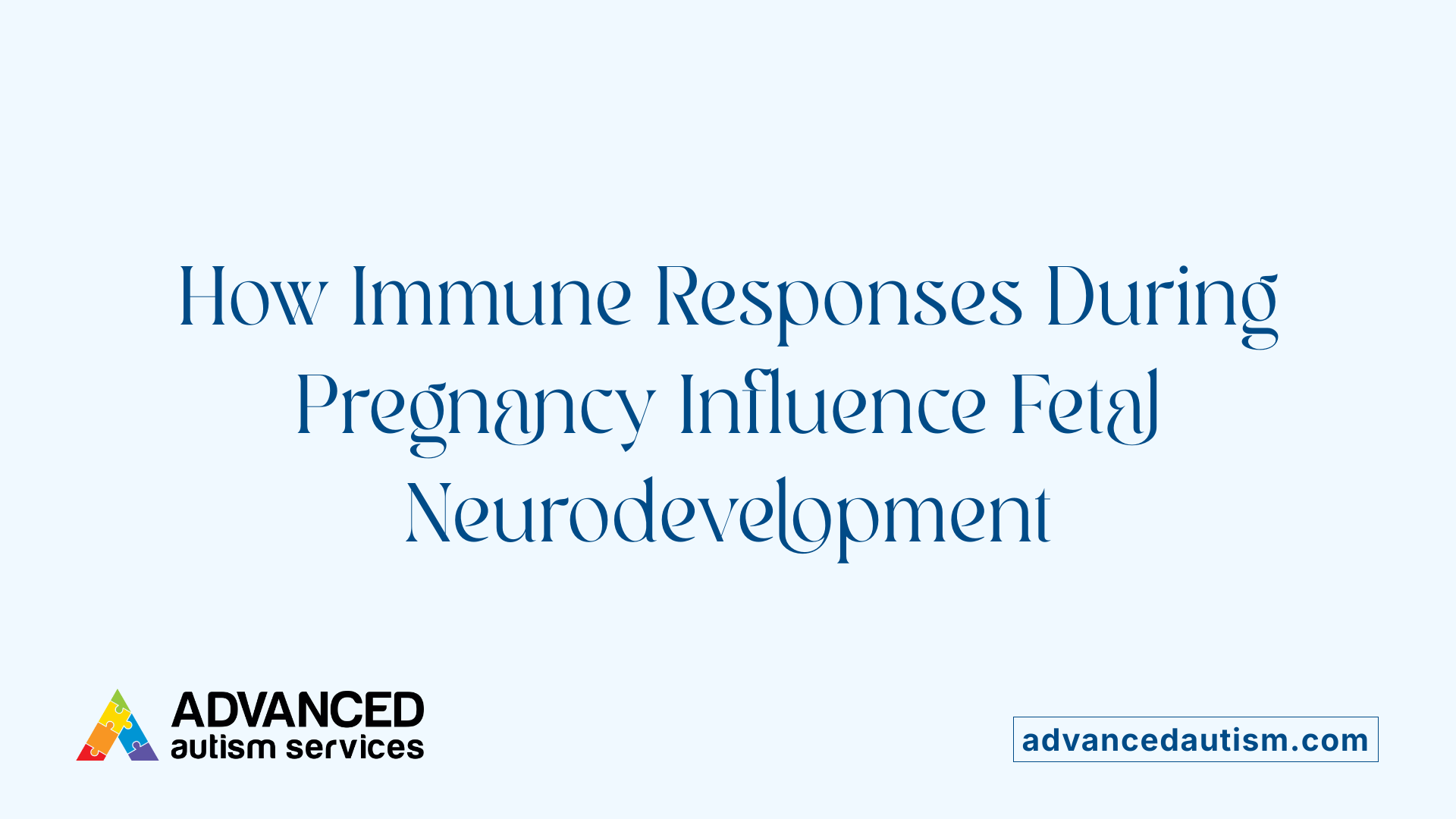
How does the maternal immune response contribute to autism risk?
Research indicates that when a mother’s immune system reacts strongly during pregnancy, it can influence the developing fetal brain. This immune response often involves the release of signaling proteins called cytokines, which can cross the placental barrier and affect fetal neural development.
Maternal immune activation (MIA) has been linked to neurodevelopmental conditions, including autism spectrum disorder (ASD). During MIA, elevated cytokine levels can induce neuroinflammation, disrupting normal brain growth and connections in the fetus.
What is the role of cytokines in neuroinflammation?
Cytokines are critical in mediating immune responses, particularly in fighting infections. However, excessive or dysregulated cytokine production during pregnancy can lead to neuroinflammation—a process where inflammatory responses occur within the brain.
Neuroinflammation can interfere with the development of neural circuits necessary for social behavior, communication, and cognitive functions. This disruption is believed to be one of the mechanisms behind increased ASD risk associated with maternal immune responses.
How do infection and fever during pregnancy influence immune activation?
Infections, such as viral illnesses, often trigger fever and immune activation. Studies show that fever during pregnancy, especially in the second and third trimesters, correlates with a higher likelihood of ASD in children.
Interestingly, the immune response marked by fever seems more predictive of risk than the infection itself. This suggests that the inflammatory process and cytokine release during fevers could be key contributors to neurodevelopmental alterations.
While medications like antipyretics might mitigate some risks by reducing fever, their effects on overall immune activation and ASD development are still under investigation.
| Aspect | Impact on Autism Risk | Additional Notes |
|---|---|---|
| Maternal immune response | Increased cytokines may lead to neuroinflammation | Elevated cytokine levels can cross placenta, affecting brain development |
| Fever during pregnancy | Associated with up to 2.1-fold increased ASD risk | Duration and severity of fever may influence outcomes |
| Infection | Not directly linked, but immune response may be | Cytokines, rather than the infection itself, may be involved |
Understanding these immune pathways highlights the importance of managing immune responses during pregnancy to promote healthier fetal brain development.
Mitigating Factors and Interventions During Pregnancy
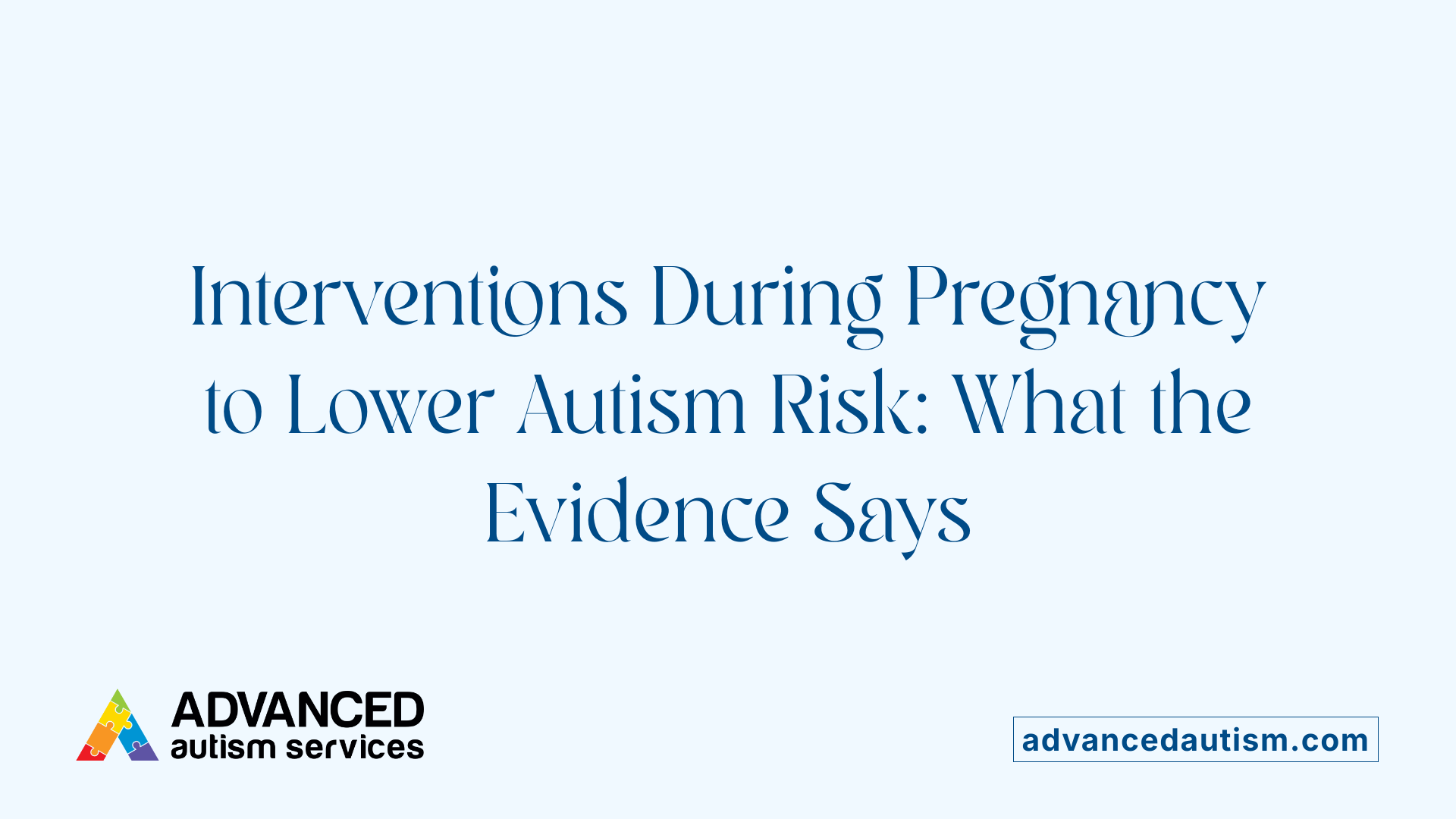
Is there any way to mitigate the risk of autism associated with maternal fevers?
Research indicates that maternal fever during pregnancy is linked to an increased risk of autism spectrum disorder (ASD) in children. Notably, the use of anti-pyretic medications like acetaminophen appears to mitigate this risk. Studies show that when mothers take acetaminophen to reduce fever, the heightened likelihood of ASD decreases, suggesting that controlling fever might protect fetal brain development.
However, evidence regarding other medications such as ibuprofen is less clear. Due to smaller sample sizes, researchers cannot definitively confirm its effectiveness in reducing autism risk associated with maternal fever.
While these findings are promising, they do not immediately translate into universal recommendations. Managing maternal fever carefully might help lower the risk, but more extensive research is needed to establish safe and effective intervention protocols.
Potential benefits and limitations of medication use
Using anti-fever medications like acetaminophen during pregnancy could serve as a practical approach to reduce neurodevelopmental risks associated with maternal fever. These medications are generally considered safe when used appropriately and under medical supervision.
Nevertheless, limitations exist. Some studies suggest the timing and dosage of medication are critical, and overuse might carry risks too. As for ibuprofen, currently, there's insufficient data to determine its safety or effectiveness in this context.
Future research directions for immune response management
Future studies are expected to explore how managing the maternal immune response more broadly could influence ASD risk. This includes investigating the role of infectious agents, immune activation, and cytokine responses during pregnancy.
Understanding whether specific immune pathways contribute to neurodevelopmental outcomes will help develop targeted interventions. Researchers are also interested in how to safely modulate immune responses without compromising maternal health or fetal development, aiming for interventions that can prevent or lessen ASD risk effectively.
The Role of Genetic and Environmental Interactions
Understanding autism requires examining both genetic and environmental factors. Recent research highlights how these elements can interact during pregnancy to influence autism risk.
Gene-environment interactions refer to how specific genetic predispositions may increase sensitivity to environmental exposures such as toxins or maternal health conditions.
For example, studies have shown that exposure to environmental toxins like lead, pesticides, or air pollutants during pregnancy can elevate autism risk, especially in genetically susceptible individuals. This suggests that certain genes may make some fetuses more vulnerable to harmful environmental influences.
Fetal development is highly sensitive to maternal health and environmental exposures. Factors like maternal fever, exposure to heavy metals, or pharmaceutical use can disrupt normal neurodevelopment, particularly when combined with genetic vulnerability.
Researchers are keen to uncover how these interactions work and how they might be mitigated. Understanding this interplay could lead to targeted prevention strategies or early interventions.
By combining genetic research with studies on environmental exposures, scientists aim to better predict and reduce autism risk related to prenatal factors.
Summary of Current Evidence and Future Directions
What do recent studies reveal about environmental factors and autism?
Recent research strongly suggests that prenatal exposure to environmental toxins like lead, as well as maternal health issues such as fevers during pregnancy, are associated with an increased risk of autism spectrum disorder (ASD) in children. Studies utilizing innovative techniques, such as analyzing baby teeth with lasers to detect past toxic exposure, have linked lower levels of vital minerals like manganese and zinc to autism. Simultaneously, exposure to harmful metals like lead, which can have long-term developmental effects, is increasingly scrutinized. More specifically, large cohort studies have explored how maternal health during pregnancy influences ASD risk. For example, research within the Boston Birth Cohort involving nearly 96,000 children found that maternal fever during pregnancy doubled the risk for ASD. Fever during the third trimester showed the most significant association, with children being over 2.7 times more likely to develop autism if the mother experienced fever at this stage. Multiple episodes of fever, especially after the twelfth week, further escalated the risk, with three or more episodes increasing the odds by over 300 percent.
Are there gaps in what we currently understand?
Despite these findings, some questions remain. For example, the role of anti-fever medications like acetaminophen appears to reduce the risk associated with fever, but more research is required to understand the implications fully. Additionally, the impact of other common exposures, such as maternal infections like influenza, has shown inconsistent results, suggesting that immune response, rather than infection itself, may be the risk factor. Further, while maternal use of medications such as SSRIs and antibiotics during pregnancy has been linked to autism risk, these associations are complex and sometimes confounded by underlying health conditions. Moreover, the precise mechanisms through which environmental toxins, immune responses, and maternal health factors influence fetal brain development need further elucidation.
Why is continued research critical?
Ongoing research aims to fill these knowledge gaps by exploring how maternal immune activation, cytokine responses, and environmental toxicants influence fetal development. Future studies will likely focus on understanding the role of infectious agents and immune system responses, which could lead to better preventive strategies. Understanding these factors not only improves risk assessment but also informs public health policies aimed at reducing harmful exposures during pregnancy. With many volatile variables involved, continued investigation remains essential to fully understand how prenatal environment shapes neurodevelopmental outcomes.
Towards Better Understanding and Prevention
The accumulating evidence underscores the importance of minimizing harmful environmental exposures, such as lead and maternal fevers, during pregnancy. While definitive causal relationships require further research, awareness and early management strategies may reduce the risk of autism. Ongoing scientific efforts aim to unravel the complex interplay between genetic and environmental factors, informing preventive measures and interventions to support optimal fetal neurodevelopment.
References
- Lead Exposure And Fevers During Pregnancy Can Lead To Autism
- Prenatal exposure to fever is associated with Autism Spectrum ...
- Autism Risk Linked to Fever During Pregnancy
- Is Maternal Influenza or Fever During Pregnancy Associated with ...
- Prenatal environmental risk factors for autism spectrum disorder and ...
- Infection and Fever in Pregnancy and Autism Spectrum Disorders
- Prenatal fever and autism risk | Molecular Psychiatry - Nature
- Autism risk climbs with number of fevers during pregnancy
- Fever during pregnancy as a risk factor for neurodevelopmental ...



